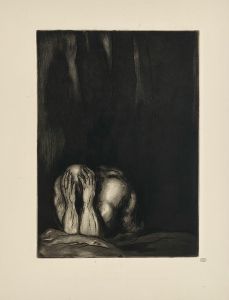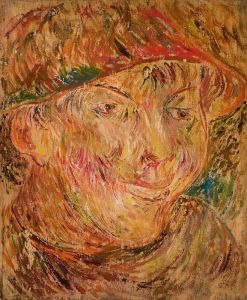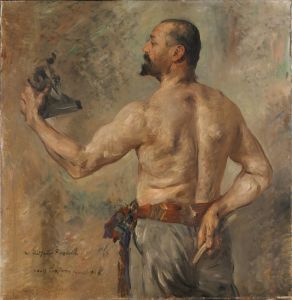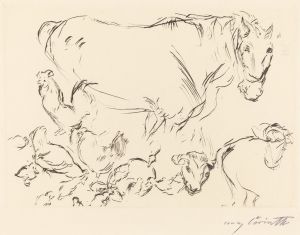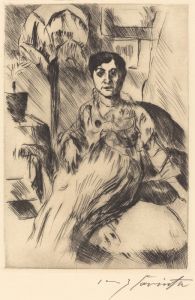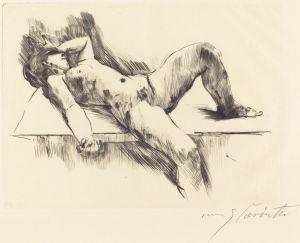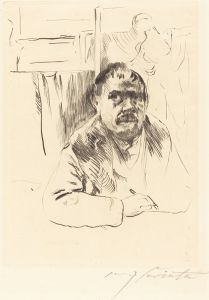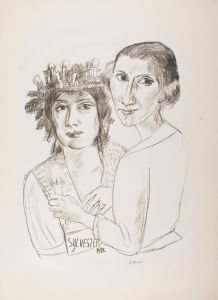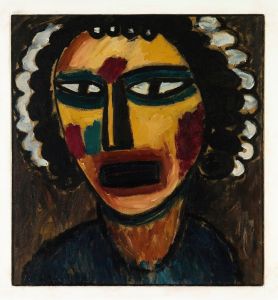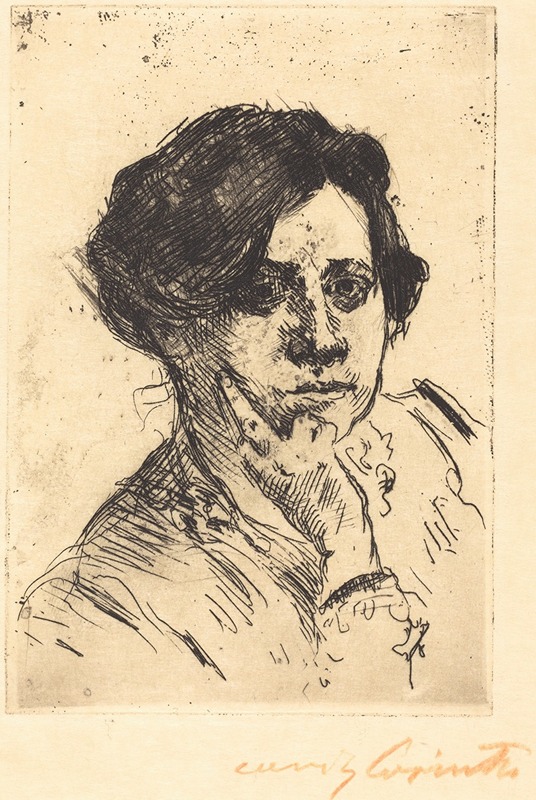
Head of Woman
A hand-painted replica of Lovis Corinth’s masterpiece Head of Woman, meticulously crafted by professional artists to capture the true essence of the original. Each piece is created with museum-quality canvas and rare mineral pigments, carefully painted by experienced artists with delicate brushstrokes and rich, layered colors to perfectly recreate the texture of the original artwork. Unlike machine-printed reproductions, this hand-painted version brings the painting to life, infused with the artist’s emotions and skill in every stroke. Whether for personal collection or home decoration, it instantly elevates the artistic atmosphere of any space.
"Head of Woman" is a painting by the German artist Lovis Corinth, a prominent figure in the late 19th and early 20th-century art movements. Corinth is widely recognized for his contributions to Impressionism and later Expressionism, blending traditional techniques with more modern, emotional approaches to art. This particular work, "Head of Woman," exemplifies his skill in portraiture and his ability to capture the psychological depth of his subjects.
The painting depicts the head and shoulders of a woman, rendered with Corinth's characteristic loose brushwork and attention to light and texture. The subject's identity is not documented, and it is unclear whether she was a professional model, an acquaintance, or a figure from Corinth's imagination. The focus of the painting is on the interplay of light and shadow across the woman's face, emphasizing her expression and the contours of her features. The background is typically subdued, allowing the viewer's attention to remain on the subject.
Lovis Corinth was born in 1858 in Tapiau, East Prussia (now Gvardeysk, Russia), and studied art in Königsberg, Munich, and Paris. His early works were heavily influenced by academic traditions, but he later embraced Impressionism and eventually developed a more personal, expressive style. After suffering a stroke in 1911, Corinth's style became even more dynamic and emotionally charged, reflecting his physical and psychological struggles.
"Head of Woman" is believed to have been created during Corinth's mature period, though the exact date of the painting is not definitively known. This era of his career is marked by a focus on portraiture, nudes, and biblical or mythological themes. Corinth's portraits often reveal a deep sensitivity to the individuality of his subjects, as well as a fascination with the human condition.
The painting is housed in a private collection or museum, but specific details about its current location or provenance are not widely available. Corinth's works are held in numerous major art institutions, including the Alte Nationalgalerie in Berlin and the Lenbachhaus in Munich, which showcase his significant contributions to German art.
As with many of Corinth's works, "Head of Woman" demonstrates his mastery of color, texture, and emotional resonance, making it a compelling example of his artistic legacy.







